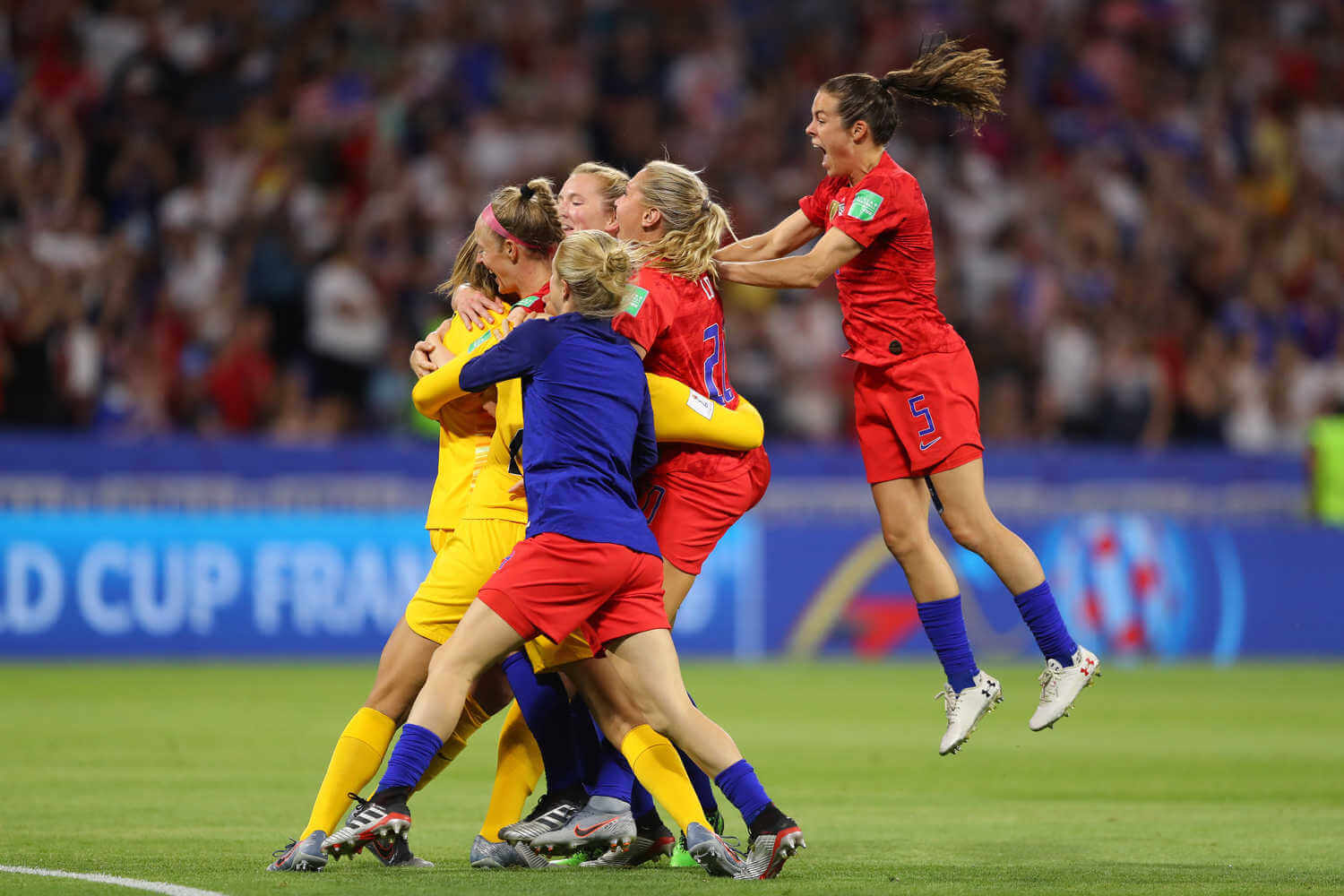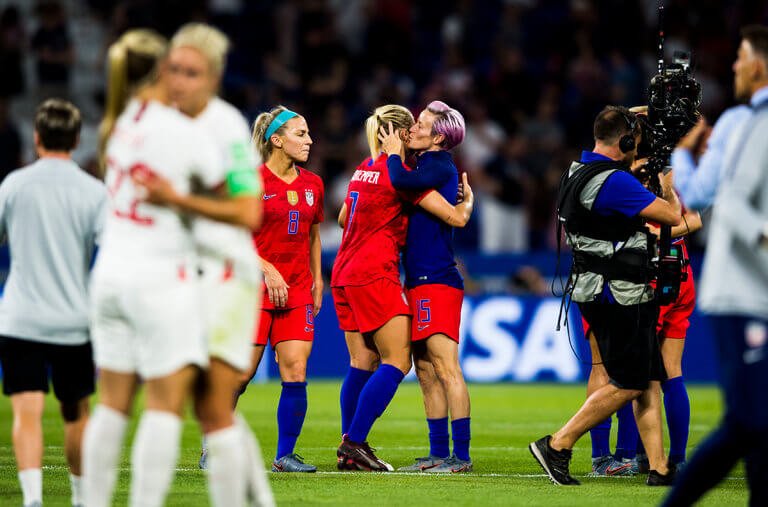Alana Paterson knows how isolating competing in an intensely male-dominated area may be. She’s no longer handiest a photographer—a process disproportionately occupied by men—but also a skateboarder. Growing up in the past due 1990s in British Columbia, she’d enter competitions with dozens of male contestants, just two or three different girls. The most effective other female skateboarders she saw in those pre-Instagram days have been in magazines, “and they published perhaps a handful of photos a year,” she says.
Now that Paterson’s at the back of the digital camera, she’s turning it on female athletes like herself. For her series Title IX, she documented junior and college hockey gamers from 14 groups throughout the USA and Canada. It’s part of a bigger work frame that offers visibility to ladies in the game.
“One of the largest things researchers are locating that continues women engaged in sports activities is access to their heroes and mentors—even supposing it’s just seeing them,” Paterson says. “To see a banner or a poster or an advert presenting a person such as you is monumental.”

Since President Nixon signed Title IX into regulation in 1972, US girls’ participation in high college sports activities has expanded with the aid of greater than 1,000 percent—from 294,000 in 1971 to a few 4 million in the 2017–2018 faculty year. Though not all will make it to the Women’s World Cup or Wimbledon, they nevertheless attain the host of physical, mental, and socio-monetary blessings that sports activities provide—like, say, getting to be CEO. But it is the best if they stay in the sport. By age 14, girls drop out of sports at a rate almost twice that of boys due to lack of right of entry, social stigma, and different inequities.
The overt lack of media illustration fuels the divide. While 4 out of 10 athletes are women, just 4 percent of sports-associated media insurance is devoted to them. They get the best 5 percent of Sports Illustrated covers and a paltry two percent of airtime on ESPN’s SportsCenter. And they are regularly sexualized. It would not help that ladies are vastly underrepresented among sports photographers. “Would there be higher visibility for lady athletes if there were more female sports activities photographers? Absolutely,” Paterson says
So, three years ago, Paterson took up the fee. She photographed Native American basketball and Tibetan football before turning to North American hockey—a recreation that epitomizes the development and challenges of ladies’ athletics.
Women’s hockey has grown dramatically over the last 30 years, from more or less 6,000 registered US gamers in 1990 to eighty-two 808 in 2018. Today, ladies ought not to play in guys’ groups. However, the sport offers little of a feasible expert destiny. Sure, the top gamers within the US and Canada now get paid to play, thanks to the status quo of the National Women’s Hockey League in 2015. But salaries peak at $26,000 (in comparison to almost $16 million for male gamers). For this cause and others—together with unequal exposure and youngster crew improvement—the USA ladies’ national crew threatened to boycott the Women’s World Championships in 2017, ultimately winning some concessions from the sport’s governing frame, USA Hockey.
But those did not move some distance sufficient. In 12 months, 200 girls’ hockey gamers have vowed not to play in North American leagues until they get medical health insurance and higher pay.
They’re combating the future of the sport—along with the young women in Title IX. Paterson shot the collection throughout practices, games, and tournaments, cautiously treading onto the ice as players whizzed using, braids flying, and pearl studs sparkling in their ears. She captured them with a Nikon F100, using Kodak Portra movie and the on-camera flash to emulate brilliant, poppy sports activities imagery from the 1980s and ’90s when potentialities for female athletes have been even greater grim.
It’s a nod to how far her topics have come and how a whole lot similarly they ought to go in a game wherein not simply the percentages, but the photographs, are stacked towards them.






